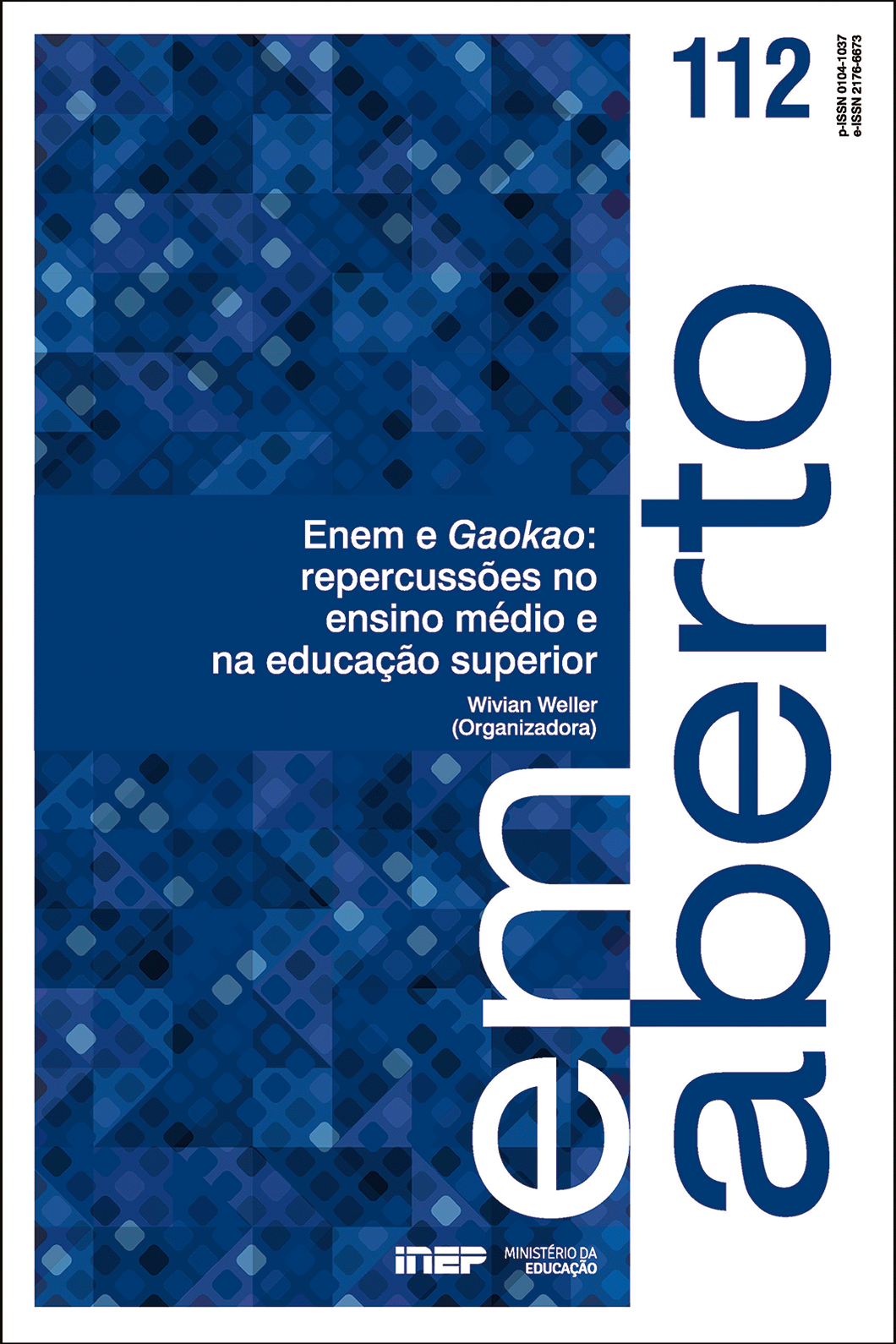
Dear readers,
Large-scale exams at the end of high school and/or as a way of accessing higher education are, in several countries, one of the main admission mechanisms, among which are the National High School Exam (Enem), in Brazil, and the National College Entrance Examination (Gaokao), in China.
This issue is not intended as a general defense or criticism of the exams. It aims to provide, among other things, a deeper knowledge of the history and development of Enem and Gaokao, the theoretical-methodological, political and cultural assumptions that guide the organization of these exams, as well as the lessons that each country has already learned. A better knowledge the dynamics of each exam will be able to offer subsidies for a more qualified debate about the respective large-scale assessment models in secondary education, which are used for admission to higher education in both countries.











